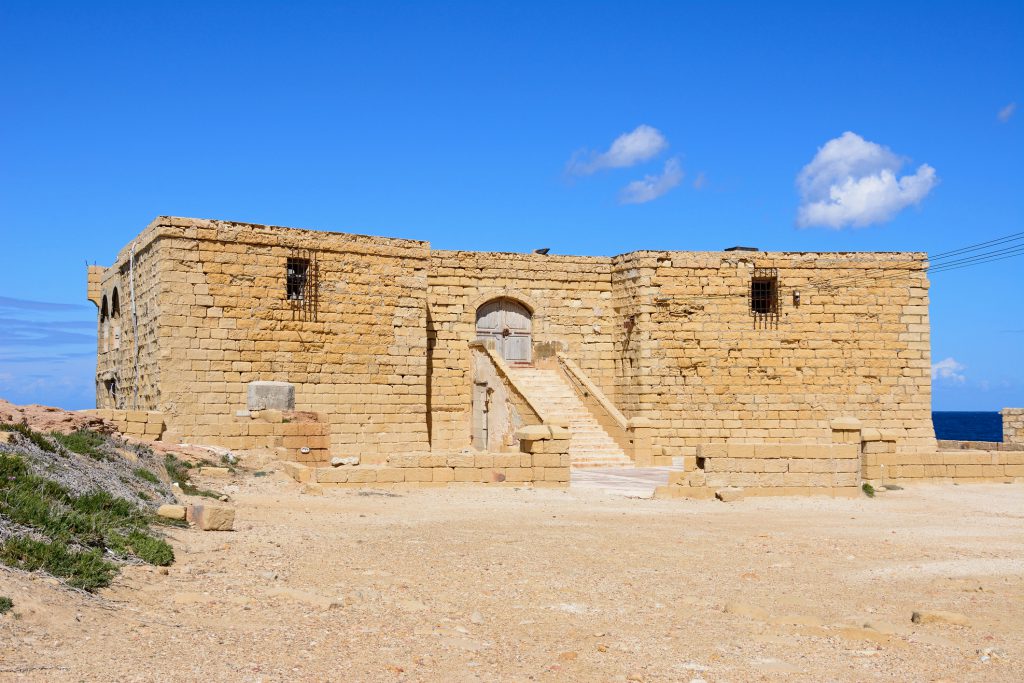The Qbajjar Battery Saga: A collapse waiting to happen

Efforts to save a historic military fortification in Gozo are hitting a brick wall in the face of government’s procrastination to take action before it is too late.
Known as the Qbajjar Battery, this 18th century landmark building dates back to the Knights of St John. In 1981 the property had been leased out and ‘converted’ to a night club by the name of The Rook and had become a popular spot in the Marsalforn area. The club was closed down around the turn of the millennium amid controversial structural modifications to the historic building which had prompted the planning authority to issue an enforcement notice. Since then, the building has been left neglected, and the exposure to the elements is taking its toll amid sign that parts of it are on the brink of collapse.
The matter has been repeatedly flagged in parliament most recently on April 23rd, when Opposition MP Chris Said asked Lands Minister Stefan Zrinzo Azzopardi on the state of play of the matter. However, questions on the action taken during the last year by the Lands Authority to prevent its collapse and its plans for the future, as well as the reason why the site has not yet been handed over to heritage NGO Din l-Art Helwa who is willing to restore the site to its former glory, were met with a terse reply.
Dr Zrinzo Azzopardi brushed off the matter by referring to a previous one-line reply given earlier this month. In the latter reply, the minister had been asked once again to outline government’s plans but once again he was not forthcoming. The only information which was divulged was that the long-drawn legal battle between the government and the company who owned the night club was over and consequently the Lands Authority was evaluating the best way forward.
The Battery was built by the Order of Saint John in 1716 on the spur of land between the bays of Xwejni and Qbajjar. It was named after a nearby hillock known as Qolla l-Bajda (the White Hillock). It was designed by the military engineers Jacques de Camus d’Arginy and Bernard de Fontet.
The battery is the only surviving part of a chain of fortifications that defended Marsalforn and nearby bays from Ottoman or Barbary attacks. The other towers, batteries, redoubts and entrenchments were all demolished or destroyed.
The battery consists of a semi-circular gun platform ringed by a parapet with six embrasures, and two blockhouses joined by a wall. The blockhouses had musketry loopholes intended to protect the battery from a land attack. A ramp originally led to the entrance, which is located between the blockhouses. The battery’s seaward side is protected by a small ditch, and salt pans are located close by.
It was initially armed with six guns, but in 1770, its armament consisted of four 6-pounder guns with 276 rounds of roundshot and 60 rounds of grapeshot.
The battery was abandoned in the 19th century, but was again used as Observation Post No. 5 during World War II.
